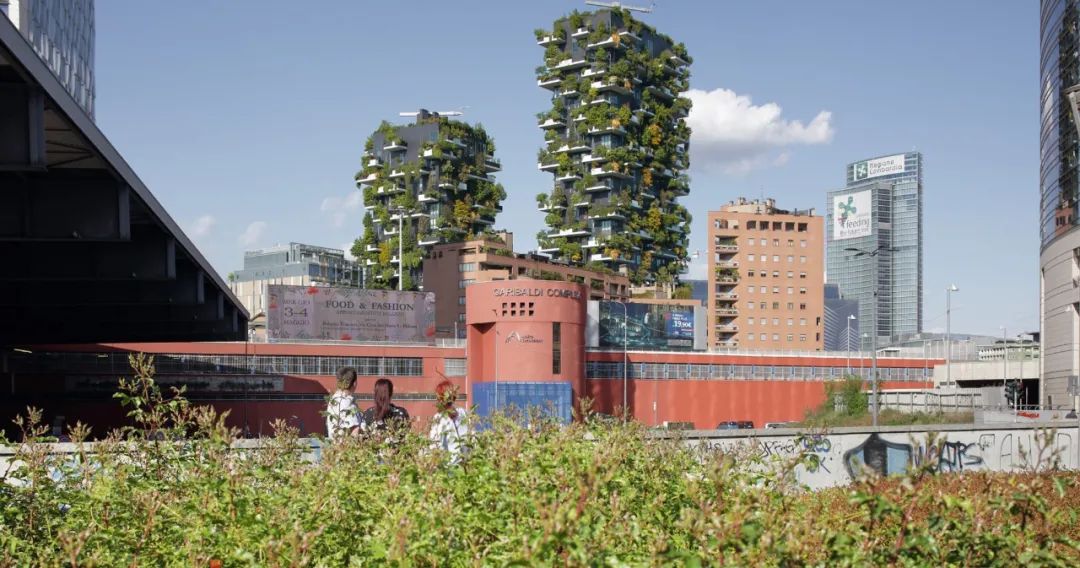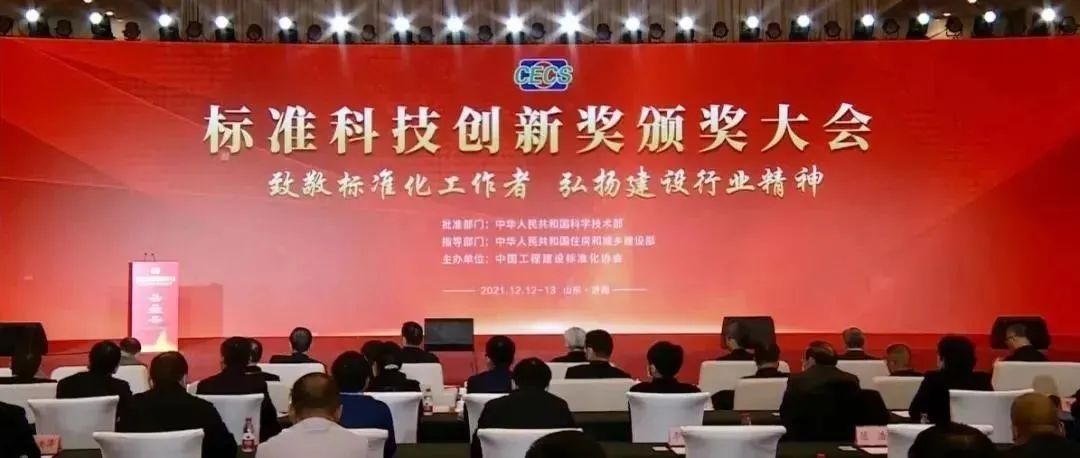In Australia, the construction industry is also the source of 20% to 30% of waste entering landfills.
The construction industry accounts for almost one third of the global energy consumption, which makes it responsible for the equivalent amount of carbon dioxide emissions.
This is a very important step for the construction industry, because cement is an important source of global carbon dioxide emissions.
This is different from the traditional method of using fossil fuels in the production of traditional building materials.
This 12-meter-high printer, powered by solar energy, is being used to build an ecological village.
This important resource protection will also reduce carbon dioxide emissions and ground pollution.
This not only reduces the amount of waste entering the landfill, but also further protects the environment by reducing the traffic volume of engineering trucks and carbon dioxide emissions.
Early examples of this have emerged in various countries around the world, including experimental 3D printing houses in China, experimental bridges in the Netherlands, and even fully functional offices in Dubai.
This new technology recently won the Malmo Clean Technology City Award for reducing the mixing of cement powder by 20%.
3.
This problem will soon be eradicated because of new technologies that can transform mining into usable building materials.
Therefore, it is very important for the industry to start to adopt green technology quickly.
A new concrete pouring technology developed by the Swedish company Strongcrete, RolliT robot, can reduce the carbon dioxide emission of cement by 20%.
WatershedMaterials, based in California, has created a pop-up plant that uses ultra-high compression to convert excavated waste into concrete blocks (CMUs).
1.
These CMUs can then be used in the build process.
This technology obviously has huge environmental benefits.
When pouring the horizontal surface, it can carry out additional compression on the quality of fresh concrete.
The Italian Wasp Project, led by the 3D printing company Centro Svilupo Progetti, has built a 3D printer that can make basic structures from water, soil and plant fibers.
2.3D printing replaces traditional materials.
Another company dedicated to reducing construction waste is Sydney’s own ResourceCo.
It is currently building a factory in Wetherill Park, Sydney, which is expected to convert 150000 tons of waste into fuel every year.
This award-winning innovative technology also improves the quality of the final product.
One of the main problems faced by the construction site of excavating garbage into building materials is the amount of waste generated and its disposal.
The technology they developed can convert non-recyclable construction waste into alternative fuels.
Technology has been improving — I’m glad to see that the construction industry has been developing new green technologies to reduce carbon footprint and protect the environment — — segmentation line — we are a cooperative service platform focusing on passive housing, zero-carbon buildings and zero-carbon parks, If you have passive houses or zero-carbon buildings, you can come to the platform to discuss cooperation: the Jiran dual-carbon green building platform will bring you zero-carbon buildings, distributed photovoltaic zero-carbon industrial park, existing buildings, low-carbon transformation enterprises ESG rating and carbon asset accounting, troubleshooting and management of passive houses, passive low-energy building design, supply, construction, operation We sincerely invite partners to contact the following carbon neutral building leaders for certification of multiple green building and double carbon services: 18621570083 WeChat QR code for business cooperation (mainly for service cooperation, please do not disturb those who have no intention of cooperation) Leader of carbon neutral building exchange group ↓ Leader of low carbon technology exchange group ↓.
.
Below we list some innovative technologies that are currently leading the way in reducing the carbon footprint of construction sites.
The new technology, as described in this invention, relates to a machine called RolliT robot.
When it comes to environmental pollution and climate change, the construction industry is under a lot of scrutiny.
But it also heralds a new and exciting design era, because 3D printing makes it possible to create more imaginative structures.
3D printing can completely change the construction industry by using local natural materials to build buildings.
This is achieved by vertical vibration under slight pressure and further compaction of concrete by using light rollers.
Currently, 3D printing technology is being used to replace traditional building materials on site.
Since the control of the process has been strengthened, there are fewer casting problems.



